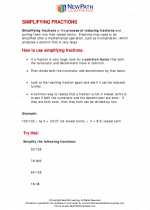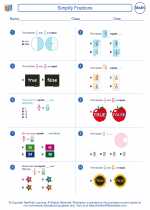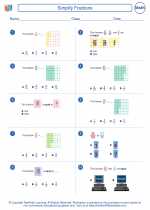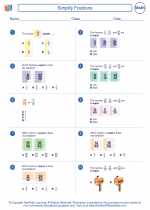Humidity
Humidity refers to the amount of water vapor present in the air. It is an important aspect of the earth's atmosphere and plays a significant role in weather and climate. Understanding humidity is crucial in fields such as meteorology, agriculture, and environmental science.
Types of Humidity
There are several ways to measure humidity:
- Relative Humidity: This is the most commonly used measure of humidity. It is the ratio of the amount of water vapor present in the air to the maximum amount that the air could hold at a specific temperature. It is expressed as a percentage.
- Absolute Humidity: This represents the actual amount of water vapor present in a unit volume of air, usually expressed in grams of water vapor per cubic meter of air.
- Specific Humidity: This is the ratio of the mass of water vapor to the total mass of moist air parcel. It is expressed in grams of water vapor per kilogram of air.
Factors Affecting Humidity
Several factors influence humidity levels:
- Temperature: As temperature rises, the air can hold more water vapor, leading to an increase in humidity. Conversely, a decrease in temperature causes a decrease in humidity.
- Water Bodies: Proximity to water bodies such as oceans, lakes, and rivers can impact humidity levels in the surrounding areas.
- Seasons: Different seasons can affect humidity. For example, summer months often experience higher humidity levels due to increased evaporation.
Effects of Humidity
Humidity can have various effects on the environment and human health:
- Weather Patterns: High humidity can contribute to the formation of clouds, fog, and precipitation.
- Health Impact: High humidity levels can make people feel hotter than the actual temperature (heat index) and can exacerbate respiratory conditions. Low humidity can lead to dry skin and respiratory irritation.
- Agriculture: Humidity levels can affect plant growth and crop yields.
Study Guide
When studying humidity, consider the following key points:
- Understand the different measures of humidity: relative humidity, absolute humidity, and specific humidity.
- Learn how temperature, water bodies, and seasons influence humidity levels.
- Explore the effects of humidity on weather patterns, human health, and agriculture.
- Practice calculating relative humidity and interpreting humidity data.
By mastering the concept of humidity, you will gain valuable insights into the dynamics of Earth's atmosphere and its impact on various aspects of our lives.
.◂Math Worksheets and Study Guides Sixth Grade. Simplify Fractions
Study Guide Simplify Fractions
Simplify Fractions  Worksheet/Answer key
Worksheet/Answer key Simplify Fractions
Simplify Fractions  Worksheet/Answer key
Worksheet/Answer key Simplify Fractions
Simplify Fractions  Worksheet/Answer key
Worksheet/Answer key Simplify Fractions
Simplify Fractions 

 Worksheet/Answer key
Worksheet/Answer key
 Worksheet/Answer key
Worksheet/Answer key
 Worksheet/Answer key
Worksheet/Answer key

Create And Print more Fractions worksheets with Simplifying Fractions
The resources above cover the following skills:
NUMBER SENSE
Know commonly used fractions (halves, thirds, fourths, fifths, eighths, tenths) and their decimal and percent equivalents. Convert between any two representations (fractions, decimals, percents) of positive rational numbers without the use of a calculator.